Aboard the Turkish Ship Mavi Marmara
Initial conclusions from questioning passengers
and examining equipment on board the ship
Overview
1. An initial analysis of statements taken from passengers aboard the Turkish ship Mavi Marmara after it was towed to the port of Ashdod show that operatives belonging to the radical Islamic Turkish IHH1 led the violent confrontation with the IDF.
2. The statements confirmed that the violence met by the IDF soldiers was not spontaneous but rather an organized, premeditated action carried out by a hard core of 40 IHH operatives (among the 500 passengers). The operatives, who acted according to a clearly-defined internal hierarchy, boarded the ship in the port of Istanbul without undergoing a security inspection (as opposed to the other passengers, who boarded in Antalya after a full inspection).
3. The IHH operatives’ preparations included handing out walkie-talkies as they boarded the ship, taking over the upper deck, setting up a situation room for communications, and a briefing given to the operatives two hours before the confrontation by IHH head Bülent Yildirim, who was on board the ship and commanded his men. IHH operatives wore ceramic vests and gas masks, and were armed with large quantities of cold weapons which they had prepared from equipment found on board (knives, axes, metal cables, metal pipes used as clubs, wrenches, etc.). They were also equipped with box cutters which had been prepared on the upper deck in advance.
4. The passengers, including the IHH operatives, stated that there were close relations between the organization and Turkish Prime Minister Tayyip Erdogan and that the Turkish government was involved in preparations for the flotilla. The statements reinforce the original assassment that the objective of the flotilla was not merely to bring humanitarian aid to the Gaza Strip, but focused on provocation and a violent confrontation with Israel.
A pro-Palestinian flotilla operative raising a metal pipe
to strike IDF soldiers (IDF Spokesman, June 3, 2010).

The Connections between IHH and the Turkish Government
5. According to statements from the passengers, Turkish Prime Minister Tayyip Erdogan maintains close contacts with IHH. The flotilla set sail with the full knowledge and agreement of Erdogan, who expressed personal interest in its success and his intention to exploit it promote his status in Turkey and the Arab-Muslim world. Passengers said that before the flotilla set sail, Prime Minister Erdogan constructed a scenario based on a possible confrontation with Israel which he could use to further his own needs. The statements were supported by descriptions found in files on laptop computers belonging to the passengers.
6. That was supported by a statement from a journalist who had good connections with the heads of the Turkish government and with Bülent Yildirim, head of IHH. The following are statements from the journalist, who was a passenger on the Mavi Marmara:
A. Prime Minister Erdogan’s power base is built on IHH activists. Without their help he could not have been elected prime minister.
B. The Turkish government was behind the flotilla to the Gaza Strip and its objective was to embarrass Israel: “The Turks set a trap for you and you fell into it.”
C. The flotilla was organized with the support of the Turkish government and Prime Minister Erdogan gave the instructions for it to set sail. That was despite the fact that everyone knew it would never reach its destination.
D. The affair of the flotilla strengthened Erdogan’s status in Turkey and turned him into the leader of Islamic world.
E. Three additional flotillas are expected to sail for Israel and the modus operandi will repeat itself.
F. The journalist stated he had visited the Gaza Strip as part of a humanitarian delegation and his impression was that there was no distress or lack [of commodities] in the Gaza Strip. He added that “everything is propaganda.”
7. In files found in laptops confiscated from Mavi Marmara passengers were other indications supporting the vast amount of information concerning the linkage between IHH and the Turkish government:
A. A letter written in Turkish was found from IHH head Bülent Yildirim to Turkish President Abdullah Gül, asking him to release an IHH operative named Izzat Shahin from an Israeli prison. [Note: Shahin is an IHH operative who was sent as an organization representative to Judea and Samaria. His main activity was transferring funds to Hamas “charitable societies.” He was detained for questioning in April 2010 and later deported at the request of Turkish officials.]
B. According to one file, IHH purchased the Mavi Marmara from a Turkish company called IDO (Filename IHH Basin Agiflamasi Gemi.com) [Note: The Turkish company IDO, Istanbul Deniz Otobusleri was founded in 1987 by the city of Istanbul to provide fast, convenient, safe transportation services for the residents of Istanbul. The company, the largest of its type in the world, united with City Line Ferry Services in 1995 and is today the main provider of water transportation in Istanbul and the Sea of Marmara.]
The Mavi Marmara Passengers
8. Passengers aboard the Mavi Marmara said that for the most part, they had been recruited for the flotilla via the press, television and Internet sites, which publicized IHH contact telephone numbers and email addresses for interested parties. In that way 500 passengers were recruited, most of them volunteers.
9. Besides the ordinary passengers on board the Mavi Marmara, there were 40 Turkish IHH operatives. They were the hard core, composed of Turkish citizens who had been recruited especially for the mission. They had a hierarchy which was clearly-defined according to the part of the country they came from and their missions (each region had its own leaders and recruiters). On board the ordinary passengers were separated from the hard core of IHH operatives.
10. The hard core boarded the ship in Istanbul without undergoing a security check, as opposed to the other passengers, who boarded in Antalya after a full examination (see below). As they boarded they were given walkie-talkies for communicating with one another. Some of them had stickers on their clothing reading “Security Protection [khares amni].”
11. The volunteer passengers were requested to make their own preparations to arrive in Antalya on May 26 and 27. Before the ship set sail there was a meeting in Antalya for a final briefing. Many carried exceptionally large sums of money on their persons (tens of thousands of euros), apparently distributed to them after the ship was detained at sea. The funds were in all probability meant to be transferred to Hamas (the passengers claimed the money was for their own personal use).
The Sea Voyage
12. The ship set sail from Istanbul carrying 29 crew members and the 40 recruited hard core IHH members. Equipment was loaded which did not undergo a security check of any kind. The ship sailed to Antalya where the other passengers were X-rayed before boarding. The passengers boarded according to a list prepared by IHH and Turkish Customs, who were responsible for the security check-in.
13. During the voyage a group of IHH operatives supervised the ship. IHH guards were posted in the passageways and did not permit passengers to reach the upper deck. They also limited the movements of the crew, who needed permission from the IHH men to go from one place to another. In addition, a kind of communications situation room was established for IHH correspondents.
Preparations for Violent Resistance to the IDF
14. According to statements taken from passengers, the main objective of the flotilla’s organizers was “to show the true face of Israel to the world” and not necessarily to bring aid to the Gaza Strip. It was obvious to them that they would meet Israeli opposition before they reached the Strip.
15. Before the confrontation with the IDF the ship’s passengers prepared for violent resistance, which was clearly led by the hard core of IHH operatives.
16. Preparations for the confrontation with the IDF included the following:
A. Briefing the hard core before the IDF takeover (briefing carried out by Bülent Yildirim).
B. Separating the volunteer passengers from the hard core and sending them below (all passengers who did not “contribute” to resisting the IDF were ordered below decks and told to stay there).
C. Donning ceramic vests and gas masks.
D. Arming themselves with cold weapons which had been collected and manufactured on board the ship. They included knives, axes, tools, metal cables and metal clubs which had been sawed off the ship’s railings (using disks which had been brought along for the purpose). Metal screw-nuts were strewn on deck to make footing uncertain.
Disks for cutting the railings, and metal cables
(IDF Spokesman, June 3, 2010).

17. The IHH operatives were instructed not to allow the IDF soldiers to board the ship and to throw those who did manage to board into the sea. Close to the time of the IDF boarding, IHH head Bülent Yildirim gave orders to his hard core operatives to form a human chain and to use chairs and clubs to beat back the soldiers and throw them into the sea.
18. When the Israeli Navy boats which approached the ship threw grappling hooks to board the ships, the operatives removed them and threw them back.
Pictures taken by security cameras aboard the Mavi Marmara document the preparations
made by the pro-Palestinian operatives to attack the IDF (IDF Spokesman, June 3, 2010).

Weapons Found on Board the Ship
19. The following weapons, which according to statements had been prepared in advance:

A. One hundred ceramic vests imprinted with the Turkish flag. They were worn by IHH operatives as well as doctors and correspondents (as part of preparations for violence).
Slingshots found on board the ship (IDF Spokesman, June 30, 2010).
The one in the center is inscribed “Hizbullah.”
..jpg)
B. Two hundred gas masks.
C. A large number of slingshots.
Some of the knives found on board the ship which were prepared in
advance for the confrontation (IDF Spokesman, June 30, 2010).

D. Eight axes taken from fire-fighting stations aboard the ship.
E. Dozens of knives, most of them taken from the ship’s kitchen and six cafeterias. A switch-blade was also found.
F. Steel cables and metal rods sawn off the ship’s railings.
G. Wooden clubs.
H. Hammers and other tools.
I. Metal screw-nuts which were strewn on the upper deck to impede the movements of the soldiers.
J. Paint rollers from which the sponges had been removed, to be used as clubs.
The Identity of the Dead
20. Eight of the nine operatives killed were identified during the questioning of the passengers as IHH operatives and volunteers. One of them was an IHH photographer. (The ninth person was not identified.)
Appendix
--------------------------------------------------------------------------------
The statement of an officer aboard the Mavi Marmara
1. The main points of a Mavi Marmara officer’s statement:
A. The cargo, which was loaded in Istanbul, consisted of drugs and basic merchandise (which could be seen by the lettering on the packages).
B. The ship set sail with 29 crew members and 40 IHH operatives. The leader of the operatives’ group was Bülent Yildirim. An operative named Rajip was responsible for logistics. There was also an operative named Tonj.
C. The other passengers boarded in Antalya according to a list held by IHH and Turkish Customs. From Antalya they sailed to Cyprus where the other ships were waiting for them.
D. Before the passengers boarded, the captain instructed the crew to make sure there were no weapons or anything that might be considered a weapon.
E. When the IHH operatives boarded the ship they were given walkie-talkies to help them control the ship. Guards posted in the passageways prevented the ordinary passengers from reaching the upper decks. The movements of the crew were also limited and they needed permission from the IHH operatives to go from one place to another.
F. Instructions were given to the passengers by the IHH operatives via the ship’s closed circuit television. In addition, a kind of communications situation room was set up for IHH’s correspondents.
G. The IHH operatives used disks to saw the ship’s railing into metal rods. They also had steel rods they took from the lifeboats. After hearing the sound of the disks, the captain sent two officers to find out where it was coming from. They saw that the IHH operatives had brought disks on deck, contrary to the captain’s orders, and were using them to saw the ship’s railings into metal rods. They found three disks and confiscated them.
H. In retrospect it is obvious that the incident had been organized in advance. The officer claimed he neither sensed nor understood what was going on during the sea voyage because he kept his distance from the passengers.
--------------------------------------------------------------------------------
1 For further information about IHH see the May 27, 2010 bulletin, “IHH, which plays a central role in organizing the flotilla to the Gaza Strip, is a Turkish humanitarian relief fund with a radical Islamic anti-Western orientation. Besides its legitimate philanthropic activities, it supports radical Islamic networks, including Hamas, and at least in the past, even global jihad elements”
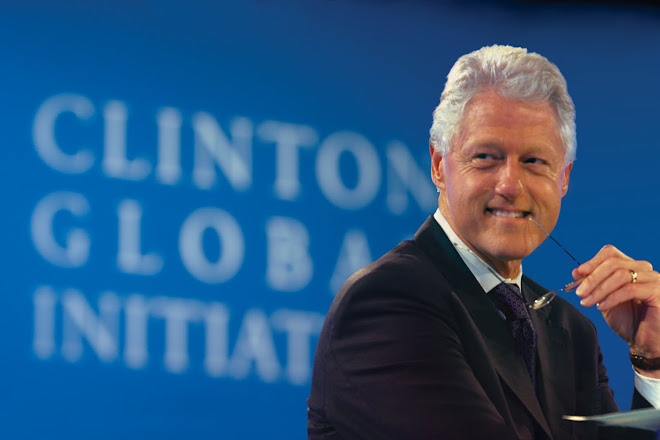



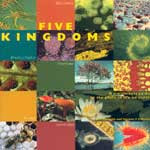

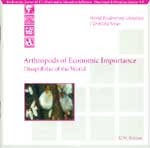
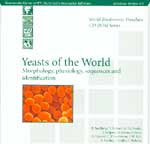

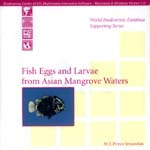
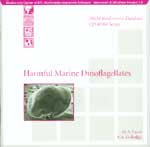
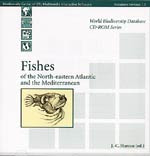
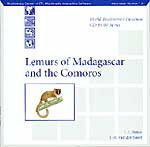
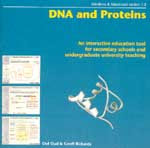
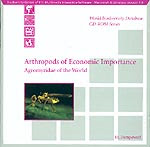
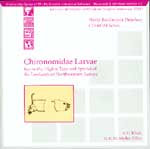
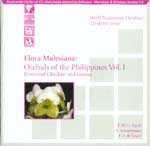
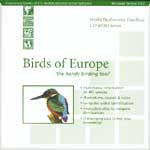
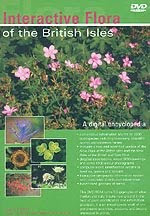

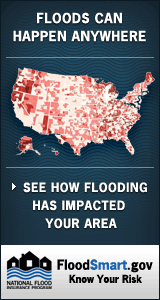
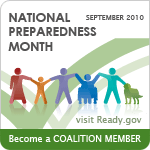


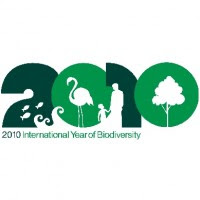




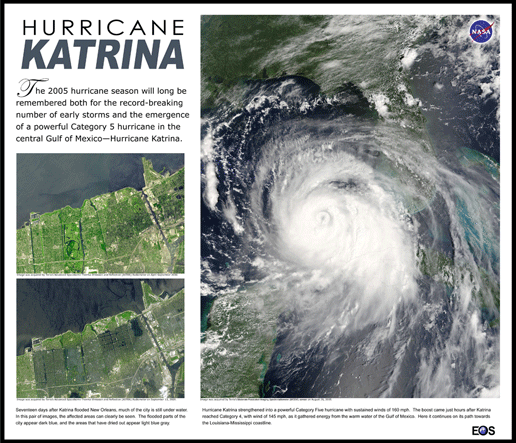


No comments:
Post a Comment